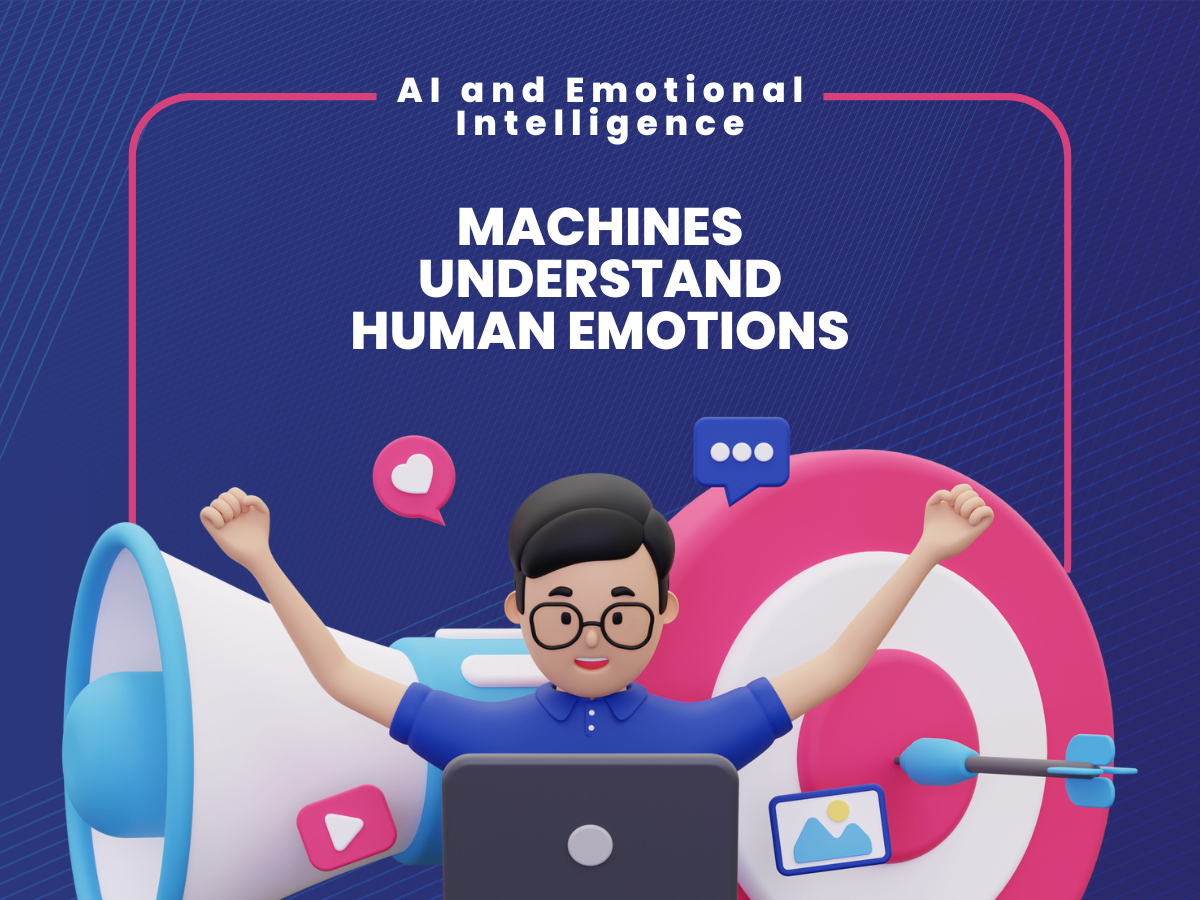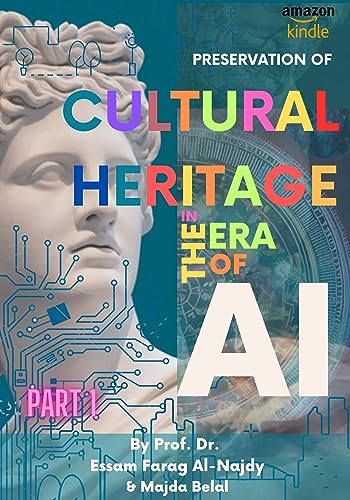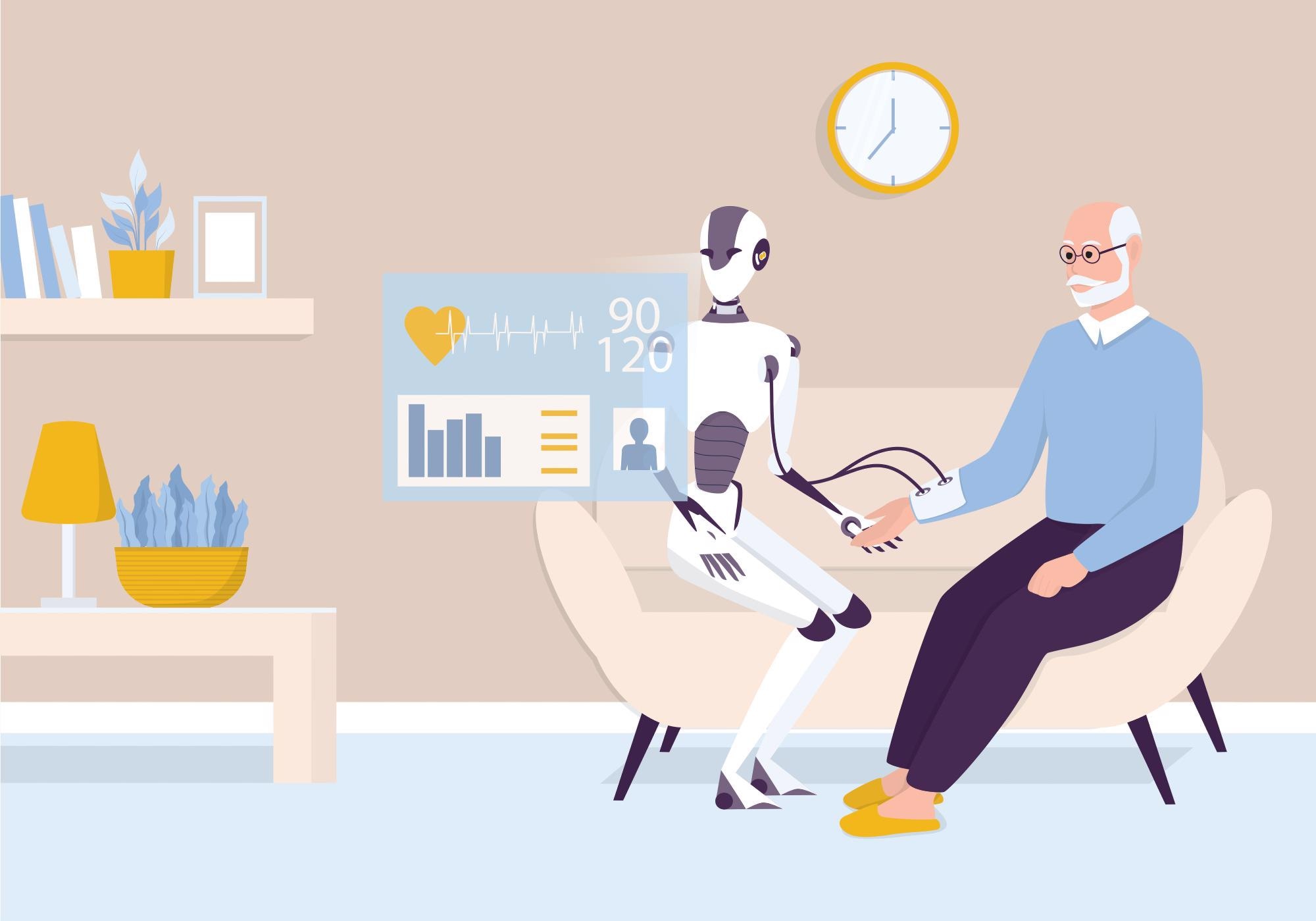In the world of artificial intelligence, we’ve witnessed remarkable advancements in machine learning, natural language processing, and computer vision. These technologies have allowed machines to perform tasks that were once deemed exclusive to humans. But one question lingers: Can AI truly understand human emotions? In this blog post, we’ll explore the fascinating intersection of AI and emotional intelligence, delving into the challenges, breakthroughs, and ethical implications of this evolving field.
The Essence of Emotional Intelligence
Emotions are a fundamental aspect of human experience. From joy and sadness to anger and surprise, our emotions shape our thoughts, actions, and interactions. Emotional intelligence, often referred to as EQ (Emotional Quotient), is our ability to recognize, understand, manage, and express our emotions, as well as the emotions of others. It plays a crucial role in our social interactions, decision-making, and overall well-being.
The Challenge for AI: Understanding Emotions
For machines to understand human emotions, they must navigate a complex and multifaceted landscape. Human emotions are influenced by a myriad of factors, including personal experiences, cultural backgrounds, and social contexts. They are often expressed not only through words but also through facial expressions, body language, tone of voice, and even physiological signals like heart rate and skin conductance.
The Role of Natural Language Processing
Natural Language Processing (NLP) is a branch of AI that focuses on enabling machines to understand and generate human language. NLP has made significant strides in sentiment analysis, which involves determining the emotional tone of text or speech. Sentiment analysis algorithms can classify text as positive, negative, or neutral, providing valuable insights for businesses, social media platforms, and customer feedback analysis.
Computer Vision and Emotion Recognition
In the realm of computer vision, researchers have developed algorithms capable of recognizing human emotions from facial expressions. These algorithms analyze facial features, such as the curvature of the mouth, the position of the eyebrows, and the intensity of eye contact, to infer emotional states. This technology has applications in fields like healthcare, where it can aid in diagnosing conditions such as autism and depression.
Speech Emotion Recognition
Understanding emotions from spoken language is another frontier of AI research. Speech emotion recognition algorithms analyze acoustic features like pitch, tone, and speech rate to determine the emotional state of a speaker. This technology can be used in applications ranging from call center quality assurance to mental health monitoring.
AI-Powered Emotional Chatbots
Emotional chatbots represent a practical application of AI and emotional intelligence. These chatbots are designed to interact with users on an emotional level, providing support, companionship, or even therapeutic interventions. While they can offer valuable assistance, the question remains: Can AI truly empathize with human emotions?
The Limits of Machine Understanding
While AI has made significant progress in recognizing and analyzing human emotions, there are inherent limitations to its understanding. Here are some of the challenges AI faces:
- Lack of Genuine Empathy: Machines can mimic empathy by analyzing emotional cues, but they do not possess genuine feelings or empathy. They can provide scripted responses based on data but cannot truly connect on an emotional level.
- Contextual Understanding: Understanding emotions often requires knowledge of context, personal history, and cultural nuances. AI algorithms may misinterpret emotions when lacking this context.
- Non-Verbal Cues: Human emotions are often conveyed through non-verbal cues such as body language and facial expressions. While AI can recognize these cues to some extent, interpreting them accurately in complex social situations remains a challenge.
- Subjectivity: Emotions are subjective experiences, and individuals may interpret and express them differently. AI may struggle to account for this subjectivity in its analysis.
Ethical Considerations
The pursuit of AI understanding human emotions raises important ethical questions. These include:
- Privacy Concerns: Analyzing emotions often involves processing personal data, such as facial images and voice recordings. Ensuring the privacy and consent of individuals is crucial.
- Emotional Manipulation: AI capable of understanding emotions could potentially be used for emotional manipulation or exploitation. Ethical guidelines are needed to prevent such misuse.
- Bias and Fairness: AI algorithms can inherit biases present in their training data, which may lead to unfair judgments or emotional assessments. Efforts to mitigate bias in AI are essential.
- Transparency: The “black box” nature of some AI models poses challenges for transparency and accountability. Ensuring that AI decisions are explainable and justifiable is a growing concern.
The Future of AI and Emotional Intelligence
While AI has made significant strides in understanding human emotions, it is not a replacement for human empathy and emotional intelligence. Instead, it can complement and enhance our interactions in various domains, from healthcare to customer service. As we navigate this evolving landscape, several trends are worth watching:
- Improved Emotional Chatbots: Emotional chatbots will become more sophisticated, providing better support for mental health, companionship, and emotional well-being.
- Ethical Guidelines: The development of ethical guidelines and regulations will be crucial to ensure responsible AI use in emotional analysis.
- Hybrid Human-AI Interaction: We can expect increased collaboration between humans and AI in roles that require emotional intelligence, such as therapy and counseling.
- Advancements in Multimodal Emotion Recognition: AI will become better at combining information from multiple sources, such as text, speech, and facial expressions, to provide a more comprehensive understanding of emotions.
Conclusion
AI’s journey into the realm of emotional intelligence is a captivating exploration of technology’s capabilities and boundaries. While machines can analyze and recognize human emotions to some extent, they lack the genuine empathy and depth of understanding that humans possess. As we continue to harness the power of AI in understanding emotions, it is essential to approach this field with ethical considerations and a deep appreciation for the complexities of human emotional experience. The future holds exciting possibilities for AI-enhanced emotional interactions, but it is vital to remember that the heart of emotional understanding will always be uniquely human.





